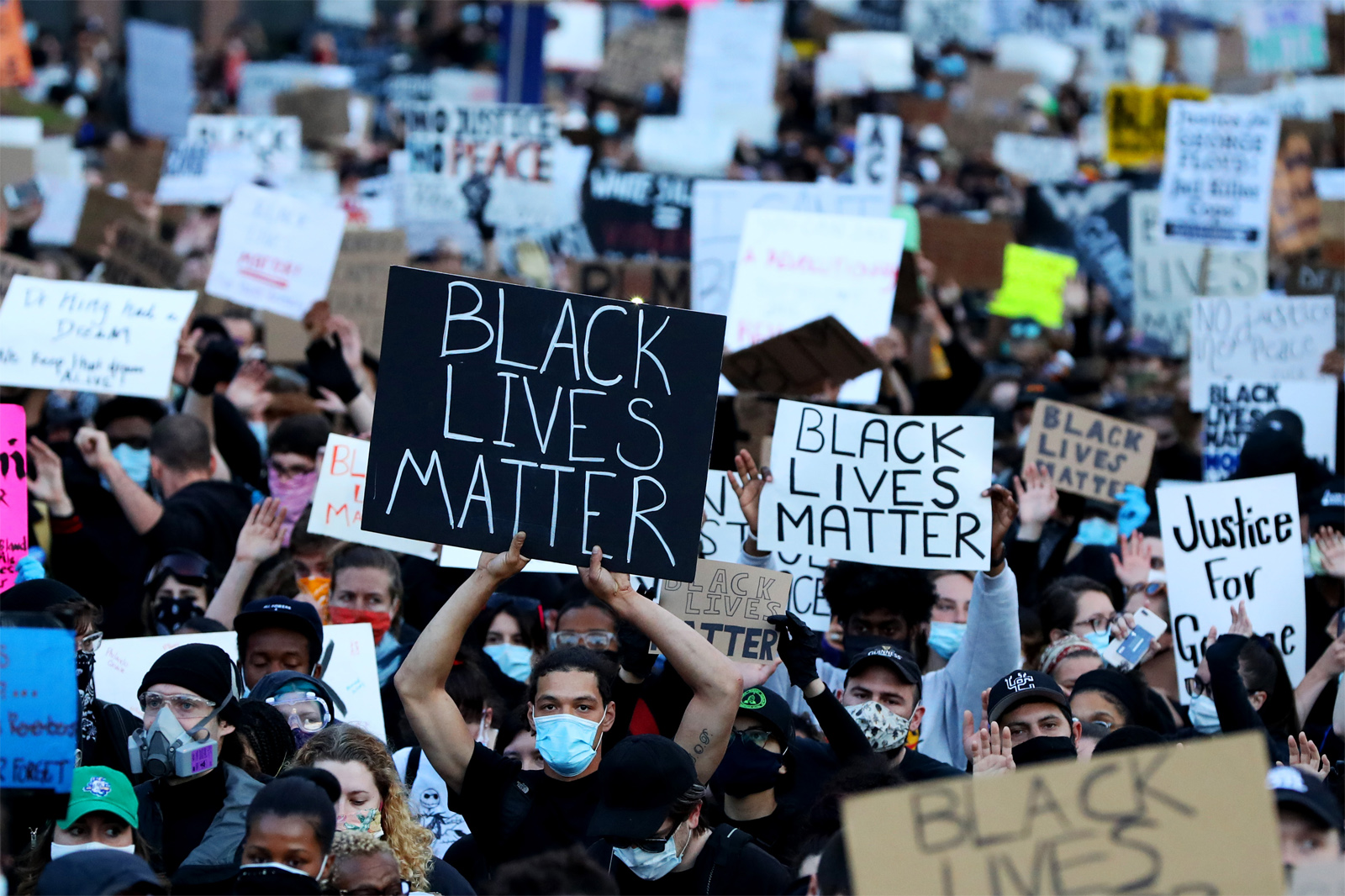The Supreme Court recently heard oral arguments in Idaho v. United States and Moyle v. United States, which will determine whether politicians can put doctors in jail for treating pregnant patients experiencing medical emergencies. The ultimate decision in the case — which is expected by the summer — could have severe consequences on the health and lives of people across the country facing emergency pregnancy complications. Here’s what you need to know:
This case is about politicians trying to block emergency care for pregnant patients.
Anti-abortion politicians brought this case all the way up to the Supreme Court to deny pregnant people access to emergency abortion care that is necessary to prevent severe and potentially life-altering health consequences, and even death. A federal law, the Emergency Medical Treatment and Labor Act or EMTALA, has long guaranteed that, in an emergency, patients can get the care they need — including abortion care — regardless of where they live. This is not a Democrat or Republican issue: Every administration from President Reagan to President Biden has recognized that EMTALA requires emergency abortion care. The Supreme Court’s decision to overturn Roe v. Wade did not diminish these longstanding federal protections, which override state laws that would prohibit such care, but now, extreme politicians are doing everything in their power to prevent someone experiencing emergency pregnancy complications from getting care in emergency rooms.
This case could have a severe impact on emergency care across the country, and these devastating effects are already playing out in Idaho.
While it considers the case, the Supreme Court has already allowed Idaho politicians to block emergency care for pregnant people using the state’s abortion ban which has no exception for health, and the impact is already reverberating across the state. For example, St. Luke’s Health System, the largest health system in Idaho, which sees hundreds of thousands of emergency department visits each year, reports that they are now transferring pregnant patients with medical emergencies out of state to get the care they need, but even that delay can also increase the unacceptable risks patients face. Not surprisingly, doctors do not want to practice in a state where they are criminalized for providing the emergency care their patients need: Since Idaho’s extreme abortion ban took effect, more than 20 percent of obstetricians in Idaho have left the state, according to a report published by the Idaho Coalition for Safe Healthcare.
If the Supreme Court sides with Idaho in this case, these devastating effects on patients and doctors alike could spread to other states with extreme abortion bans, such as Arizona, and would give anti-abortion politicians around the country the green light to try to prohibit this essential, even life-saving, emergency care.
This case is about doctors and hospitals that want to provide care, but politicians want to stop them from treating patients.
The issues in this case are about hospitals and physicians who want to fulfill their oath and provide care to patients experiencing medical emergencies, but politicians want to enforce Idaho’s abortion ban up until the moment that a pregnant person’s life is at imminent risk. “Can I continue to replace her blood loss fast enough? How many organ systems must be failing? Can a patient be hours away from death before I intervene, or does it have to be minutes?”
These are some of the questions our client Dr. Caitlin Gustafson shared that some Idaho providers are now forced to consider when a patient comes in with an emergency pregnancy complication in a recent op-ed on the case. Politics shouldn’t matter when you’re trying to treat a patient whose condition is rapidly deteriorating before your very eyes, but that’s the exact dystopia politicians are trying to force on all of us.
The extremists behind this case won’t stop with abortion.
Overturning Roe v. Wade was just the beginning. Anti-abortion politicians are using every tool at their disposal in their campaign to ban abortion nationwide, and they won’t stop there. They are also pushing a legal strategy to give rights to embryos and fetuses that would override the rights of the pregnant person. We saw what happened in Alabama when the state supreme court granted rights to embryos, which forced IVF clinics across the state to temporarily shut down services. To be clear: There isn’t a serious argument to use EMTALA to grant legal rights to embryos, but that may not stop justices from considering whether to follow the lead of the anti-abortion movement and issue another devastating blow to people’s power to make personal medical decisions during pregnancy.
We have the power to fight back, and we will win!
Anti-abortion politicians and the groups supporting them are trying to use the courts to further their agenda because the policies they’re pushing are deeply unpopular. Every time abortion is on the ballot, voters send a clear message that they want reproductive freedom to be protected. That’s why the anti-abortion movement has turned to the courts to carry out their agenda, and the scary thing is they might just be successful.
While there is already federal law to protect access to emergency care, the way anti-abortion politicians are trying to manipulate their state’s ban to deny people emergency care shows why we need to put an end to state bans once and for all. We need Congress to pass federal protections for abortion rights that will end extreme bans in states and protect access to care nationwide.
Published April 30, 2024 at 07:21PM
via ACLU https://ift.tt/Eu5Ksmn








